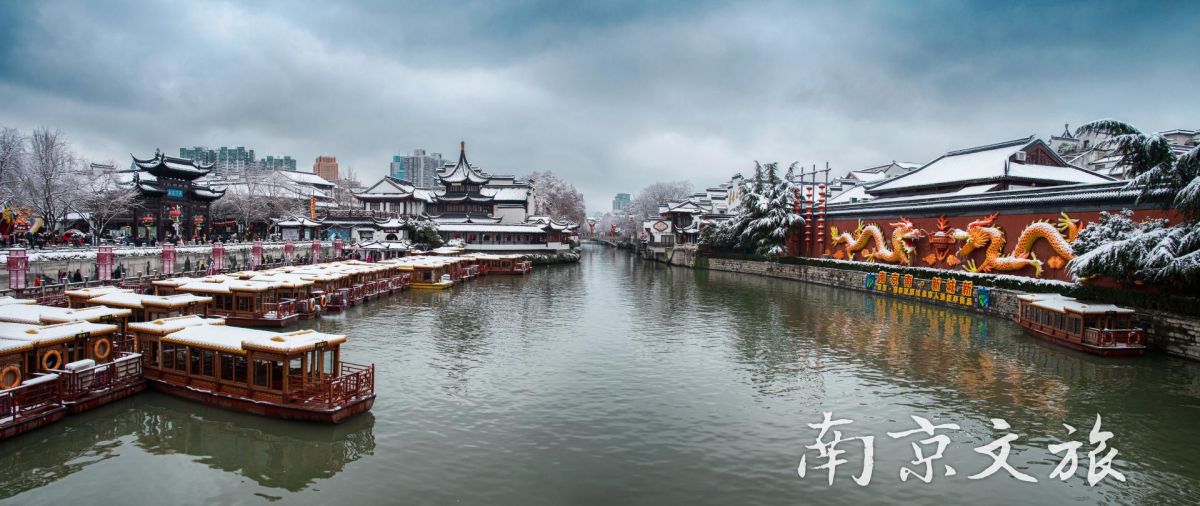Fu Baoshi Memorial
As one of China’s great artists, Fu Baoshi created the bulk of his best work upon moving to Nanjing in 1963. His former residence where he also taught many talented artists is now a memorial that is architecturally reminiscent of the Republican era (1912-1949) when Nanjing was last capital of China, a period at present enjoying a resurgence in popularity.

